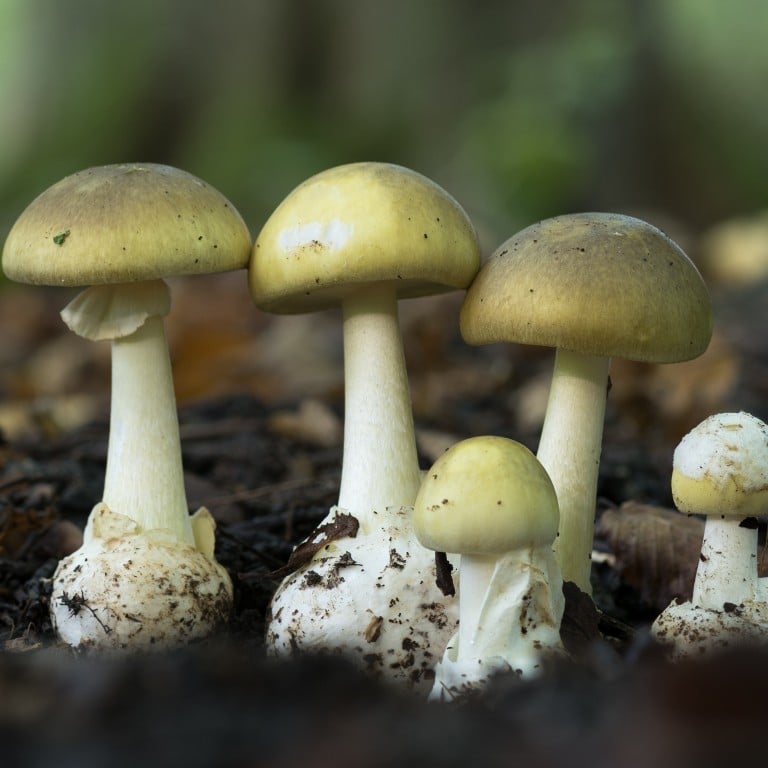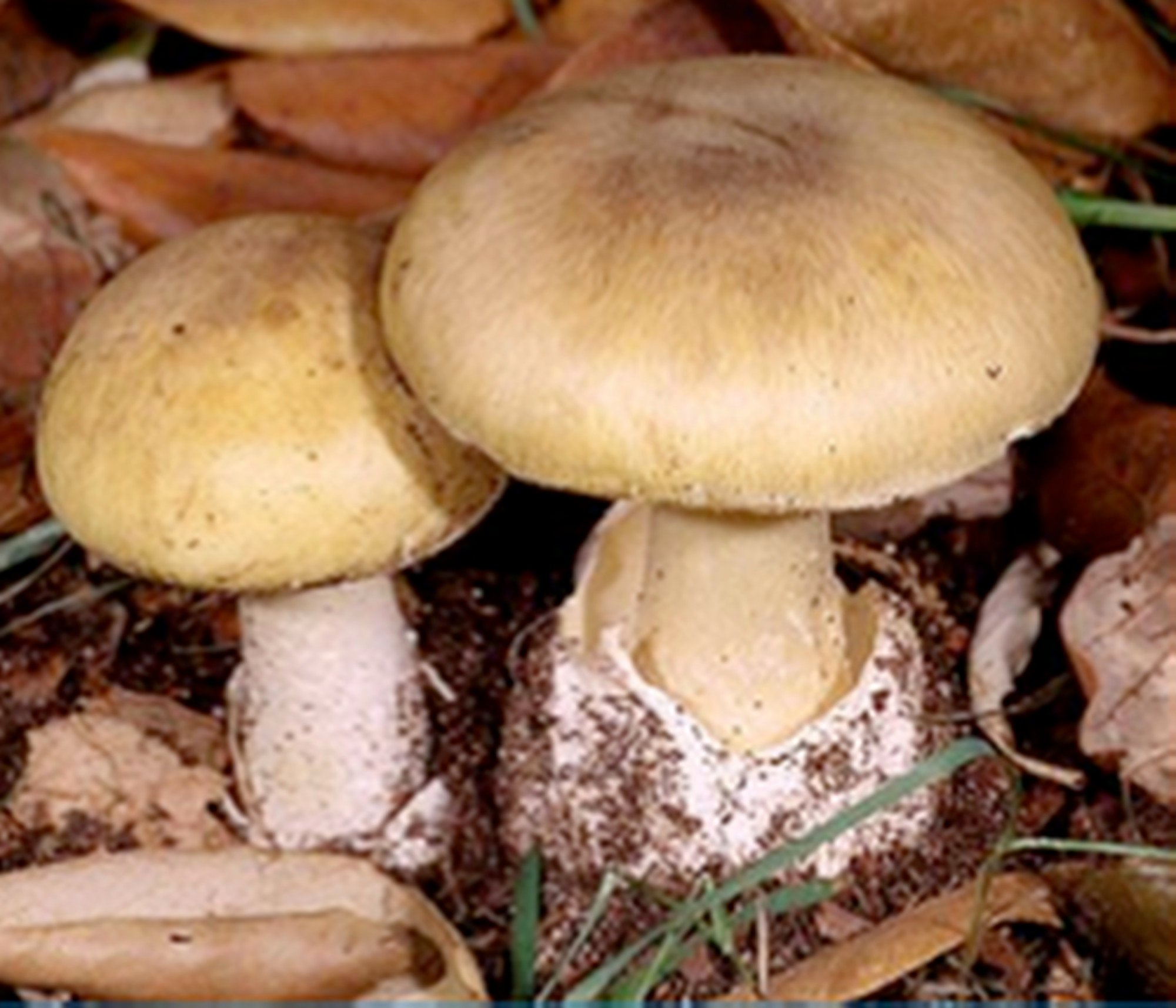
The world’s deadliest mushroom, the death cap, may finally have an antidote thanks to Chinese and Australian scientists
- Death caps cause 90 per cent of mushroom-related fatalities worldwide
- Study finds that a medical dye can reduce the toxicity of the lethal fungus
Chinese and Australian scientists say they have found a potential antidote for the toxin in the world’s most poisonous mushroom – the death cap.
In China, almost 800 deaths and 40,000 illnesses from consuming death caps were reported in the decade to 2020. The mushroom – Amanita phalloides – is commonly found in the southern provinces of Yunnan, Sichuan and Guangdong.
Death caps produce a toxin known as α-amanitin that causes irreversible liver or kidney damage. But scientists have long been unable to understand exactly how the toxin poisons humans and there is no antidote available.
In the study, the team found that a medical dye could reduce the toxicity of the death cap toxin in human cells and mice and increase their probability of survival after being exposed to the toxin. The substance – called indocyanine green – has for decades been used in medical tests to measure liver function and cardiac output.
The team from Sun Yat-sen University in southern China, the University of Sydney and the Garvan Institute of Medical Research published their findings in the peer-reviewed journal Nature Communications on Tuesday.
5 little-known but must-try mushrooms from China full of health benefits
Lead researcher Wang Qiaoping, a professor at Sun Yat-sen University’s pharmaceutical sciences school in Shenzhen, said the dye was generally safe for use in humans. It has been approved as a diagnostic substance by the US Food and Drug Administration since 1956.
“While there have not been previous reports on using indocyanine green or other fluorescent medical dye for treatments, the substance is safe when used according to the instructions. The main contraindication is allergic shock,” Wang said.
“We will conduct future clinical trials to confirm its effect as an antidote in humans. If possible, its effectiveness could be tested in people who mistakenly consume the deadly mushroom.”

The scientists used a technique called genome-wide CRISPR screening to identify the important genes involved in cell death induced by the death cap toxin.
They then applied virtual drug screening – a computational approach to predict drug activity – to look for potential candidates that could act as inhibitors to the component that is key to the toxicity of the death cap toxin.
In vitro tests and experiments on mice showed that the medical dye could effectively prevent cell death, as well as reduce damage to the liver or kidneys of mice exposed to the toxin, resulting in improved survival.
Wang said combining the two research techniques was an effective and powerful way to research the mechanisms of toxicity and develop drugs for other deadly toxins, adding that his team was working on other antidotes.


